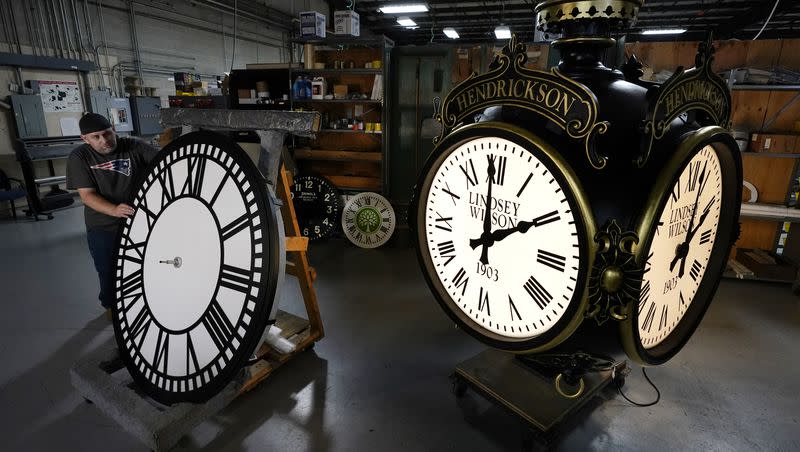Opinion: The answer isn’t year-round daylight saving time

I fully agree with the sentiment of the Nov. 3 editorial “Stop the biannual time-change madness,” but readers deserve a clarification.
It is true that “The nation went on permanent daylight saving time for a year beginning in 1974, because of the oil embargo.” But it was supposed to last longer.
President Richard Nixon asked Congress for two measures to deal with the 1973-74 energy crisis: a nationwide 50 mph speed limit, and permanent daylight saving time. Congress modified the speed limit to 55. The measure introducing year-round daylight saving time was signed by Nixon on Dec. 15, 1973. As reported by the Deseret News that day, it was to remain in effect for at least two years.
Why didn’t it?
Utah is on the western edge of a time zone. With sunrise pushed back to almost 9 a.m., what had been a dim morning commute became darkest night. I was in high school in Cache Valley at the time. Trying to get to the bus stop each morning was an exercise in dodging cars in the dark. While reports of schoolchildren being hit by cars are likely exaggerated, I saw or experienced enough close calls to understand why people were upset.
In the face of a nationwide outcry, the law was scaled back in 1974, then repealed altogether.
So why don’t we go to year-round daylight saving time? Because we tried that once, and it was a disaster.
The answer is year-round standard time. To those who object that they like late sunlight in summer, it’s simple. Just get up and go to bed an hour earlier. That’s all daylight saving time tricks you into doing anyway.
Dean Meservy
Sandy

